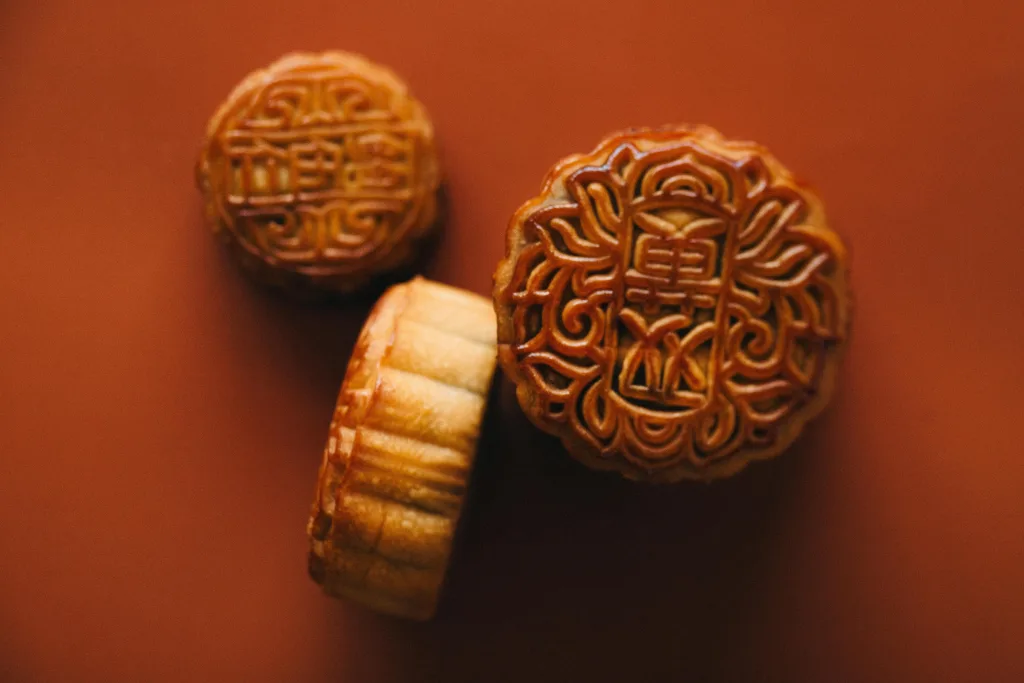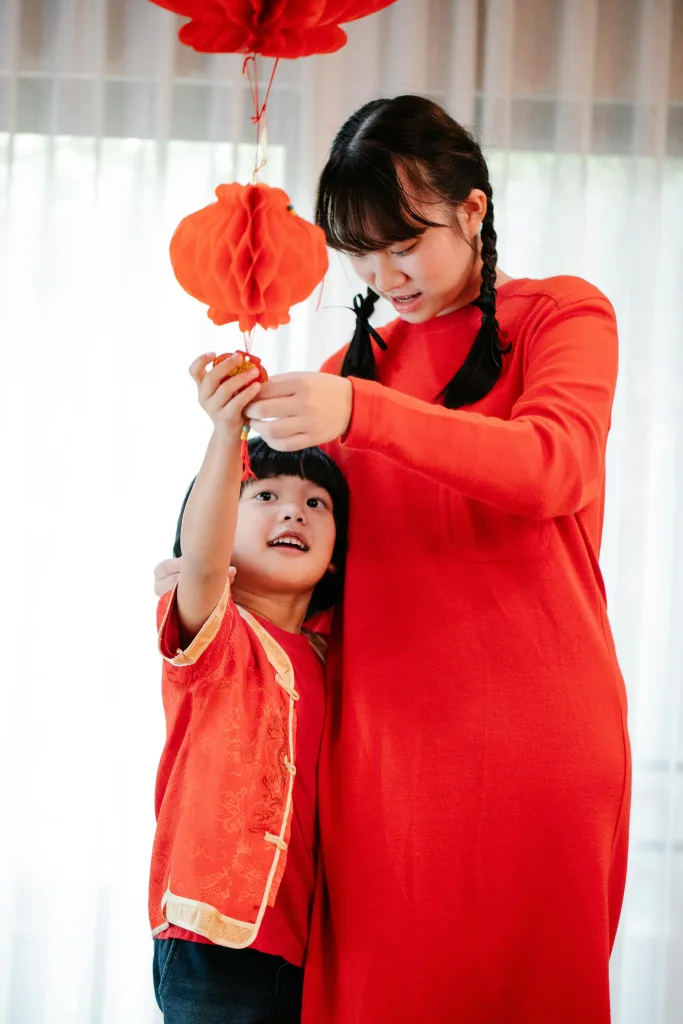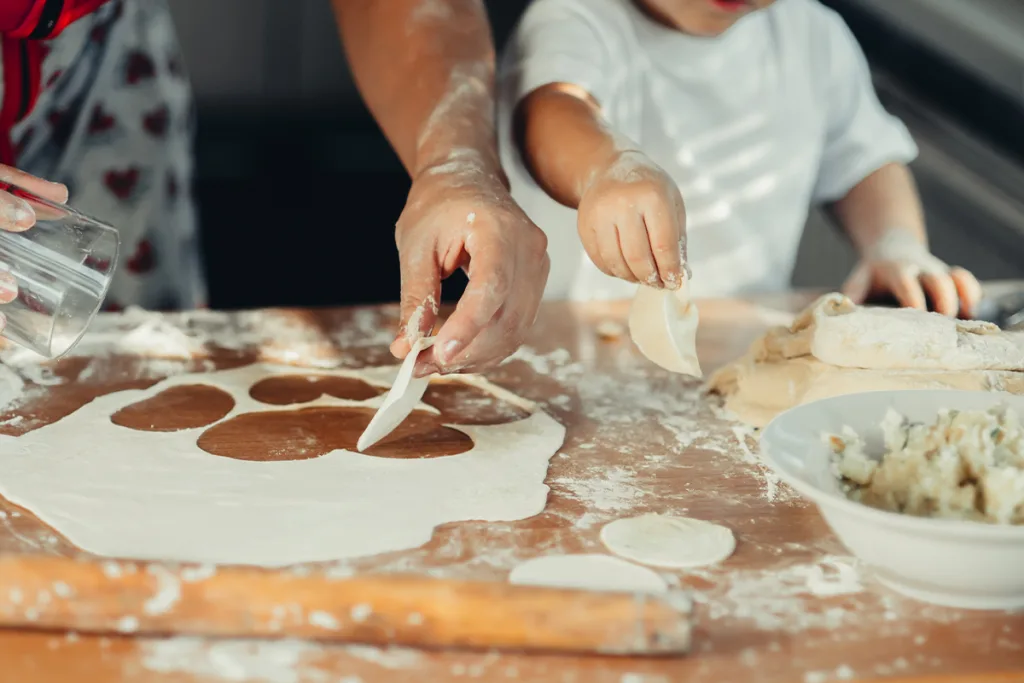Are you looking to broaden your children’s horizons and teach them about cultural diversity? Exploring Chinese customs can profoundly shape their perspectives, fostering a lasting appreciation for diversity and enhancing cultural competence. Delving into significant aspects of Chinese culture, like communication styles, celebrated festivals, and culinary traditions, provides deep insight into the cultural richness of the world’s most populous country, which is also recognized as one of the world’s most influential ancient civilizations.
Let’s examine Chinese culture and traditions to help promote a global perspective for your children. China is renowned for its unique customs, which distinguish its society and heritage from others around the world.
Table of Contents
Understanding Chinese Culture
China, a vast and diverse nation, captivates with its rich mixture of ancient traditions and modernity. The capital, Beijing, symbolizes this juxtaposition, with ancient temples standing among towering skyscrapers. The sounds of Mandarin Chinese echo through the streets, a testament to the linguistic heritage of a population exceeding 1.4 billion. The depth and continuity of Chinese history are evident in the country’s enduring customs, dynastic legacies, and cultural achievements spanning thousands of years. As the cultural heart of East Asia, China has profoundly influenced neighboring countries, shaping the region’s philosophies, art, and social norms.
In China, traditions are heavily influenced by Confucianism, which emphasizes respect for family hierarchy. Within this structure, the role of the child is central—children are expected to honor their elders, uphold filial piety, and meet parental expectations, especially in education and family responsibilities. In bustling urban centers, it’s common for multiple generations to live under one roof, creating strong familial bonds. While Mandarin is the official language, China’s diversity is further reflected in its 55 ethnic groups, each contributing to the nation’s vast linguistic spectrum. Communal meals and the ritual of tea drinking are central to Chinese hospitality, inviting both travelers and locals to partake in these shared cultural experiences.
Now let’s take a closer look at seven traditions in Chinese culture and examples of how you can celebrate these customs at home.
9 Chinese Customs and Traditions
As a host family with kids and an au pair, immersing yourselves in these cultural practices can be both educational and fun. Here are seven unique traditions worth celebrating! Many of these customs continue to play an important role in China today, reflecting the country’s vibrant modern culture and society.
1. Chinese New Year Celebrations (春节 Chūnjié)
In China, customs and traditions are vividly showcased during various festivals, each enriched with unique rituals and significant meanings. Chinese New Year stands out as the most pivotal and cherished celebration among these.
This vibrant holiday marks the Lunar New Year and is deeply infused with cultural significance, emphasizing the renewal of familial bonds and ancestral reverence. Homes across China burst with vivid red decorations and lanterns, symbolizing prosperity and luck. Families unite in joyous gatherings, exchanging “hóngbāo”—red envelopes filled with money—to signify generosity and wish for a prosperous year ahead. Central to the festivities is food, with feasts featuring symbolic dishes such as dumplings, representing wealth, and fish for abundance. Food plays a central role in Chinese New Year, reflecting the importance of culinary traditions in bringing families together and celebrating cultural heritage.
Engaging with these traditions alongside an au pair can deepen your family’s appreciation of this cherished celebration, creating a rich, shared experience of cultural exchange.
2. The Mid-Autumn Festival (中秋节 Zhōngqiū Jié)
Celebrated on the 15th day of the eighth lunar month, the Mid-Autumn Festival holds a special place in Chinese culture. Under the enchanting full moon, families unite to share stories of Chang’e, the Moon Goddess, creating a magical atmosphere of wonder and reflection. The festival is also celebrated with beautiful displays of Chinese art, such as intricate mooncake designs and lanterns, showcasing the rich artistic traditions passed down through generations.

Amidst the moonlit glow, indulge in the delightful tradition of enjoying mooncakes (月饼 yuèbǐng), sumptuous pastries filled with sweet bean paste or lotus seed paste. These sweet treats symbolize unity and completeness, mirroring the fullness of the moon in the sky.
Observing the Mid-Autumn Festival with your au pair provides a perfect opportunity for storytelling under the moonlight. Sharing the legend of Chang’e and tasting different mooncakes can become a cherished annual tradition that highlights the beauty of cultural exchange. The arts, including poetry and music, also play an important role in Mid-Autumn Festival celebrations, enriching the experience and connecting participants to centuries of Chinese artistic heritage.
3. Dragon Boat Festival (端午节 Duānwǔ Jié)
One of the most popular customs in China is honoring the memory of the patriotic poet Qu Yuan. The Dragon Boat Festival is a vibrant occasion celebrated on the fifth day of the fifth lunar month. The rhythmic beating of drums fills the air as dragon boats slice through the water, with rowers in vibrant attire syncing their strokes. This exhilarating race is a dynamic display of teamwork and cultural pride. Throughout history, both government officials and ordinary people have participated in these festivities, reflecting the festival’s broad social significance. Amidst the festivities, savor the taste of sticky rice dumplings wrapped in bamboo leaves (粽子 zòngzi), a culinary delight filled with various savory or sweet fillings.
Additionally, aromatic sachets are hung to ward off evil spirits, infusing homes with the scents of traditional herbs and spices, ensuring blessings and protection for all.
Participating in the Dragon Boat Festival celebrations can be an exhilarating experience for your family and au pair. Crafting homemade zòngzi and discussing the historical significance of Qu Yuan, as well as the involvement of government officials in the festival’s origins, can foster a deeper connection and appreciation for Chinese cultural heritage.
4. Lantern Festival (元宵节 Yuánxiāo Jié)
The Lantern Festival, or Yuánxiāo Jié, is a dazzling highlight in Chinese culture, marking the grand finale of Chinese New Year celebrations. Held on the 15th day of the first lunar month—usually in late February or early March according to the Gregorian calendar—this festival transforms cities and villages across China into a sea of glowing lanterns. Chinese people of all ages gather to admire lanterns crafted in various shapes, sizes, and vibrant colors, each one a testament to the creativity and artistry of traditional Chinese culture.
The festival is closely associated with the full moon, a symbol of unity and completeness in Chinese traditions. Families come together to enjoy sticky rice dumplings called tāngyuán, a beloved treat whose round shape represents togetherness and harmony. Beyond the delicious Chinese cuisine, the Lantern Festival is filled with lively activities such as lion dances, parades, and lantern-making contests, all designed to foster respect and joy among family and friends.
Celebrating the Lantern Festival at home can be a wonderful way to introduce your family to the beauty of Chinese traditions. Try making simple paper lanterns, sharing stories about the festival’s history, or preparing sticky rice dumplings together. These activities not only honor the spirit of the festival but also promote harmony and respect within your own family.
5. Tea Ceremony (茶道 Chádào)
Embrace the art of tranquility and mindfulness with the traditional Chinese tea ceremony, an art form of its own. Introduce your family and au pair to the traditions of China, including different tea varieties and brewing techniques unique to the culture.
Beyond a simple beverage, tea represents harmony, respect, and hospitality. As you sip and chat, you’ll discover the beauty of simplicity and the profound connections forged through shared moments of contemplation.
Engaging in a traditional Chinese tea ceremony with your au pair can be a serene and educational activity. It’s an opportunity to slow down and appreciate the nuances of Chinese teas while your au pair shares the philosophical meanings behind each step of the ceremony.
6. Winter Solstice Dumplings (冬至饺子 Dōngzhì Jiǎozi)
As the longest night of the year approaches during the Winter Solstice, families gather around the kitchen table, hands busy shaping dumplings stuffed with hearty fillings that waft comforting aromas. This beloved tradition warms the soul and brings families closer, symbolizing hope for renewal and abundance.
From savory minced pork with Chinese cabbage to fragrant vegetarian options, each dumpling symbolizes the promise of abundance and togetherness as you welcome the return of longer days.
Making dumplings for the Winter Solstice can become a fun-filled family activity that includes your au pair. Each family member can try their hand at wrapping dumplings, learning about the significance of this tradition in welcoming the return of longer days.
7. Wearing Red for Luck and Prosperity (红色好运气 Hóngsè Hǎo Yùnqì)
In China, customs and traditions are symbolized by the color red, synonymous with good fortune and happiness. Encourage your family and au pair to embrace this auspicious tradition by donning red clothing or accessories during significant occasions such as birthdays, weddings, or festivals. Historically, Chinese men wore specific red garments during festivals and important events to symbolize luck and celebration.

By surrounding yourselves with the vibrant hue of red, you invite positive energy and blessings into your lives, fostering a sense of joy and optimism.
Incorporating the tradition of wearing red into your family’s wardrobe during significant events can spark discussions about luck and prosperity in Chinese culture. Your au pair can share personal stories or beliefs related to this tradition, enhancing the cultural learning environment at home.
8. Spiritual Values and Beliefs (信仰与价值观 Xìnyǎng yǔ Jiàzhíguān)
At the heart of Chinese culture lies a deep well of spiritual values and beliefs, shaped by a long history and a tapestry of traditions. The philosophies of Confucianism, Taoism, and Buddhism have profoundly influenced Chinese society, guiding the moral compass of generations. Central to these beliefs are values such as filial piety—devotion and respect for one’s parents and elders—harmony with nature, and a strong sense of social responsibility.
These spiritual values are woven into the fabric of daily life, from the way families interact to the customs observed during festivals and important milestones. Chinese people strive to maintain balance between the physical and spiritual worlds, a pursuit reflected in practices like tea culture, meditation, and traditional Chinese medicine. Respect for authority, elders, and the natural world is not just a tradition, but a guiding principle that shapes relationships and community life.
Exploring Chinese customs through the lens of these spiritual beliefs offers a richer understanding of Chinese culture. Encourage your family to discuss the importance of harmony, respect, and moral values, and consider how these principles can be applied in your own lives. By appreciating the spiritual foundations of Chinese traditions, you open the door to deeper cultural connection and lifelong learning.
9. Never Sharing Pears (不分梨 Bù Fēn Lí)
What are some Chinese traditions that aren’t well known? Explore the world of Chinese superstition with the taboo of sharing pears. According to belief, sharing a pear is considered bad luck as the word for “pear” (梨 lí) sounds similar to the word for “separate” (离 lí). To avoid any potential rifts or misfortune, it’s customary to offer a pear whole rather than cutting it in half to share.
Adhering to this age-old superstition ensures harmony and unity within your household, cultivating an atmosphere of goodwill and mutual respect.
Exploring the superstition associated with not sharing pears can lead to interesting discussions about cultural beliefs and practices. Your au pair can help compare this with other superstitions from around the world, providing a broader understanding of traditions in China and around the world.
The Role of Language and Communication in Chinese Customs
Language is a cornerstone of Chinese culture, serving as both a bridge and a reflection of its rich traditions. Mandarin Chinese, the official language of China, is spoken by the majority of Chinese people and is essential for navigating daily life and formal occasions alike. The written language, with its elegant characters and long history dating back to the Shang dynasty, is a vital part of Chinese identity—connecting generations through literature, art, and historical records.
China’s linguistic landscape is incredibly diverse, with languages spoken such as Mandarin, Cantonese, Wu, and Min, each carrying unique regional flavors and cultural nuances. In Chinese society, effective communication is more than just exchanging words; it’s about showing respect, especially during festivals, business meetings, and other formal occasions. The use of honorable language and respectful titles underscores the importance of social hierarchy and harmony in Chinese customs.
Drinking tea is another cherished aspect of Chinese communication. Sharing a pot of tea is not only a gesture of hospitality but also a way to build relationships and establish trust. Whether in a bustling city or a quiet village, the ritual of tea drinking brings people together, fostering understanding and mutual respect.
By learning about the role of language and communication in Chinese culture, families can gain a deeper appreciation for the subtleties of Chinese traditions. Encourage your children to explore Mandarin Chinese, try writing a few characters, or practice polite greetings. These small steps can open up a world of cultural discovery and help bridge connections across cultures.
Find an Au Pair with Go Au Pair
At Go Au Pair, we celebrate the enriching benefits of cultural exchange. Engaging with au pairs from diverse backgrounds not only deepens your family’s understanding of global cultures but also enhances your everyday life. We provide comprehensive support—from assisting with au pair interview questions to guiding you through the welcoming process—ensuring a seamless experience for you and your children. Are you ready to introduce a world of new customs, traditions, and enriching experiences into your home? Visit our Find an Au Pair page to discover the perfect match. Embrace the incredible opportunity of global cultural exchange today!



